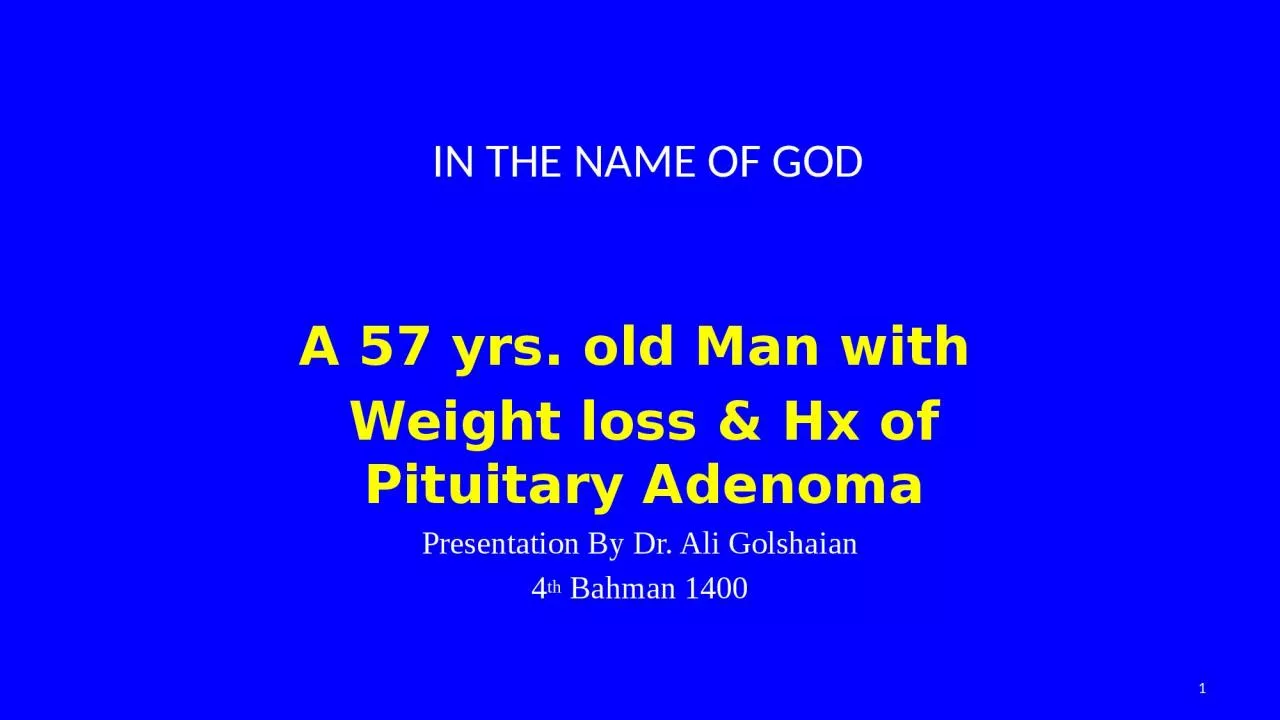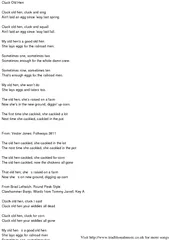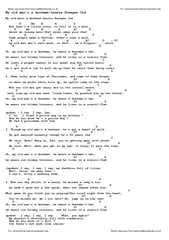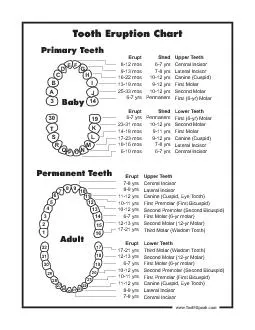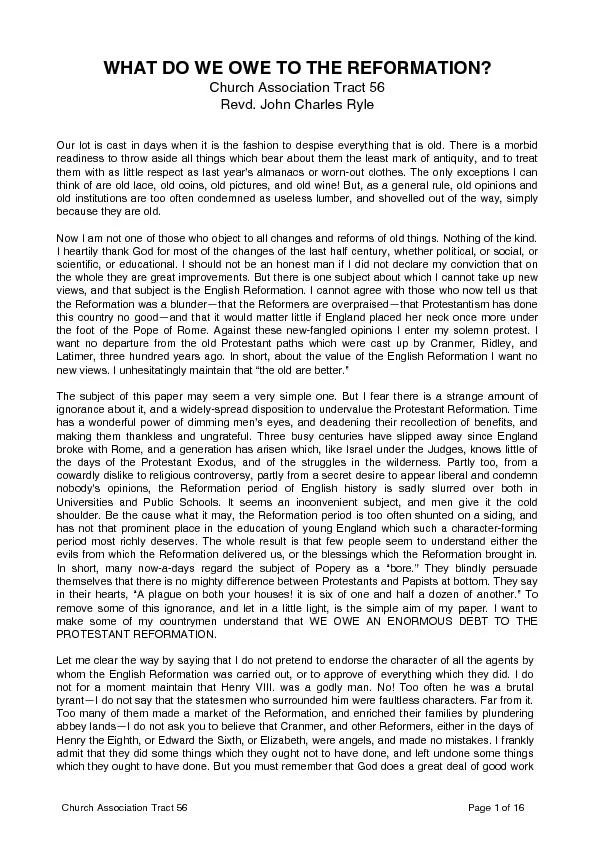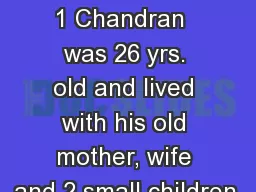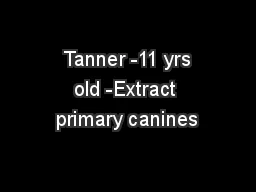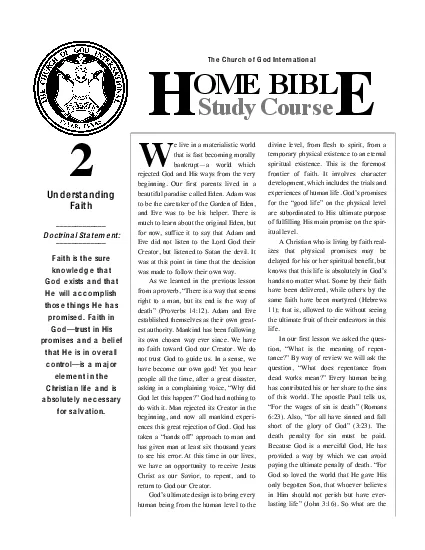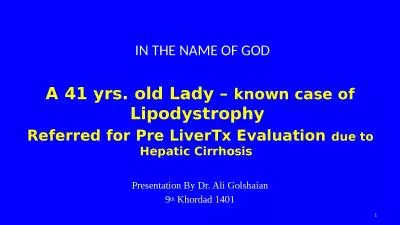PPT-IN THE NAME OF GOD A 57 yrs. old Man with
Author : brianna | Published Date : 2024-02-09
Weight loss amp Hx of Pituitary Adenoma 1 Presentation By Dr Ali Golshaian 4 th Bahman 1400 Patients ID 57 yrs old Man Born amp live in Salmas West Azerbaijan
Presentation Embed Code
Download Presentation
Download Presentation The PPT/PDF document "IN THE NAME OF GOD A 57 yrs. old Man wit..." is the property of its rightful owner. Permission is granted to download and print the materials on this website for personal, non-commercial use only, and to display it on your personal computer provided you do not modify the materials and that you retain all copyright notices contained in the materials. By downloading content from our website, you accept the terms of this agreement.
IN THE NAME OF GOD A 57 yrs. old Man with: Transcript
Download Rules Of Document
"IN THE NAME OF GOD A 57 yrs. old Man with"The content belongs to its owner. You may download and print it for personal use, without modification, and keep all copyright notices. By downloading, you agree to these terms.
Related Documents

